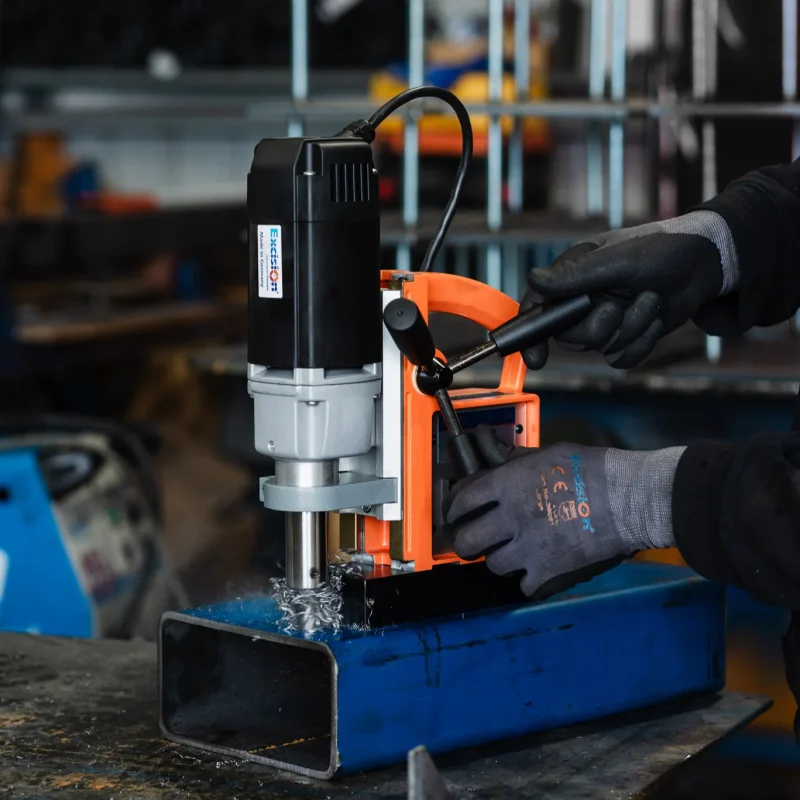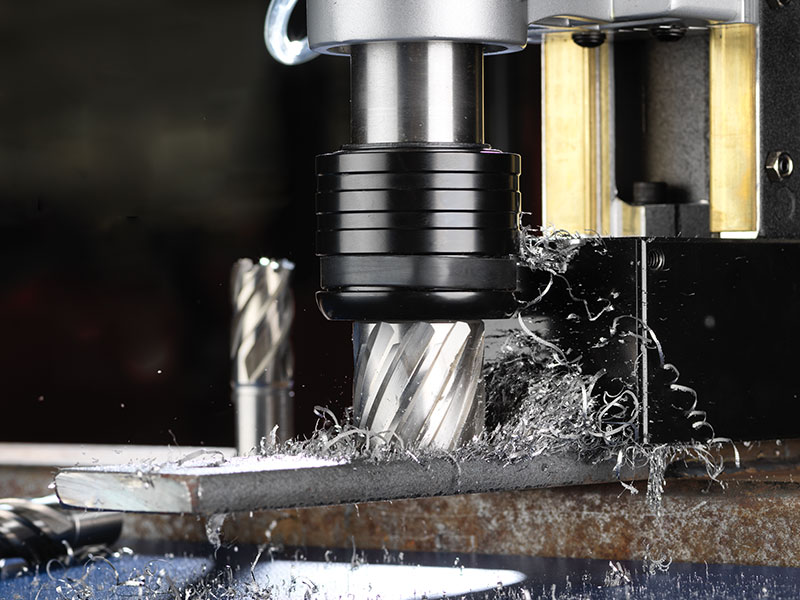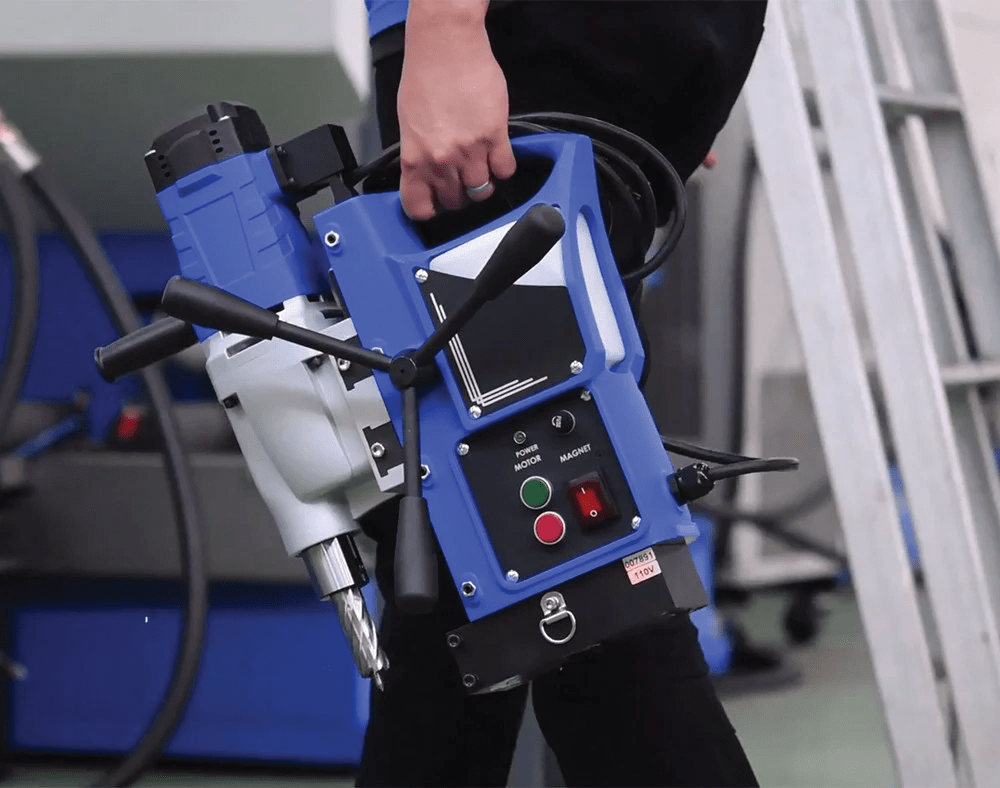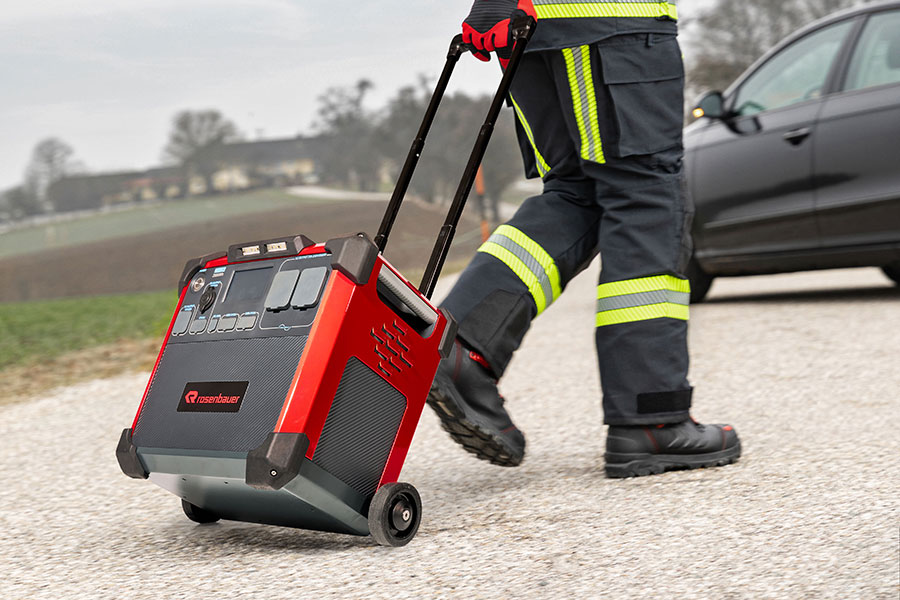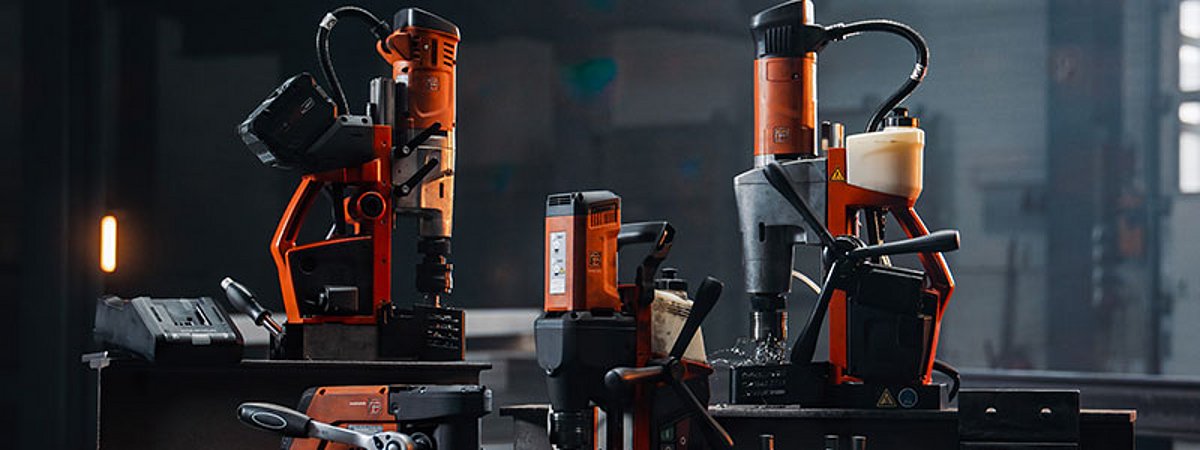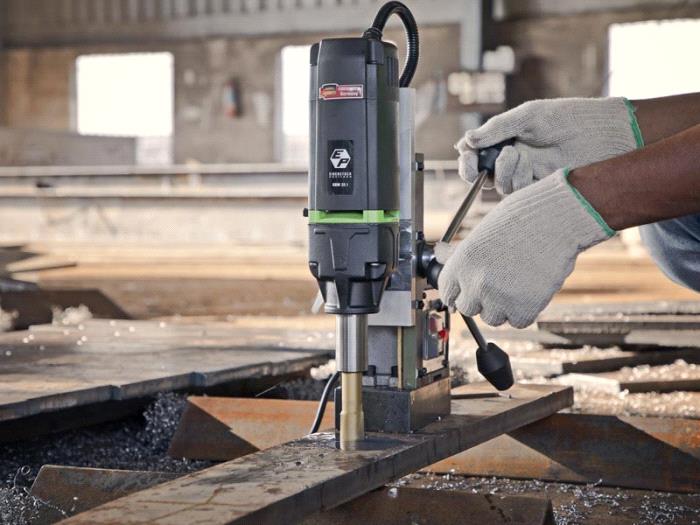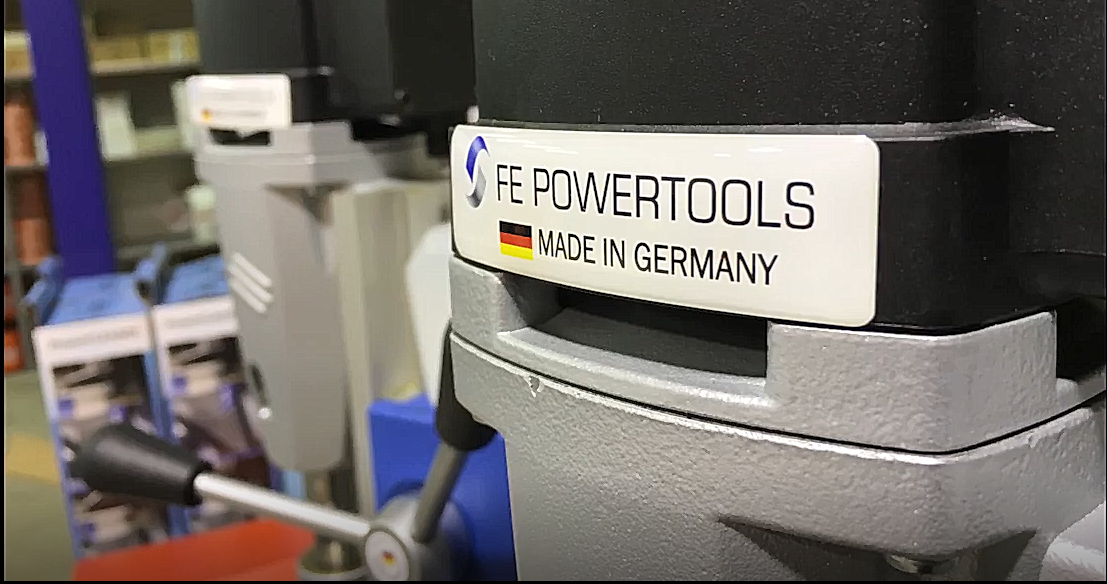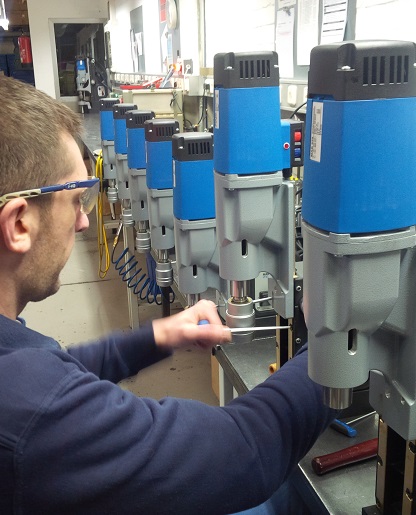Comparison of Magnetic Drill and Pillar Drill — Choosing the Right Tool for Industrial Projects
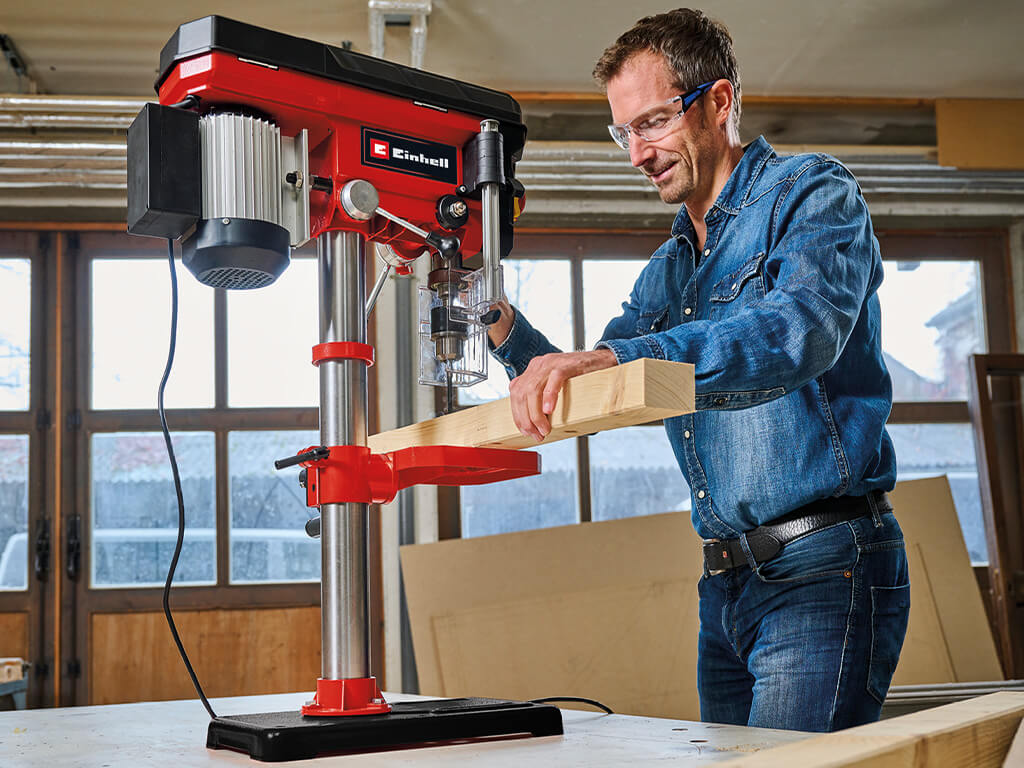
Comparison of Magnetic Drill and Pillar Drill — Choosing the Right Tool for Industrial Projects
Introduction
Magnetic drills and pillar drills are both essential tools in metal industries and industrial workshops. While their primary purpose is precise drilling into metals, they differ significantly in structure, functionality, and applications. Choosing the right option between the two can lead to increased efficiency, reduced costs, and improved quality in industrial projects.
In this article, we provide a professional comparison between magnetic drills and pillar drills. We will examine technical features, common applications, advantages and disadvantages, and cost analysis of each tool. If you’re unsure about selecting the right drilling equipment for your project, this guide offers a comprehensive perspective to help you make an informed decision.
Introduction to Magnetic Drill and Pillar Drill
Magnetic drills and pillar drills are among the most widely used industrial drilling tools. Each device is designed to meet different industrial needs and has its own distinct features.
The magnetic drill is a portable tool that uses a magnetic base to attach firmly to metal surfaces. This feature allows the user to perform precise drilling operations even on large workpieces or in difficult positions, without the need for a fixed workbench or fixture. Its lighter weight, easy portability, and operational flexibility are key advantages. Magnetic drills are commonly used in metal construction projects, structural assembly, bridge building, and industrial maintenance.
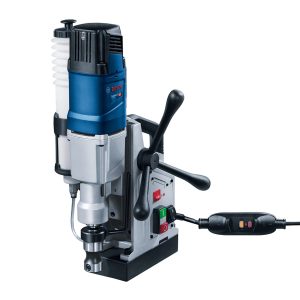
What is a Magnetic Drill?
In contrast, the pillar drill is a stationary, heavier machine mounted vertically on a table or workshop floor. It is designed for continuous and precise drilling in manufacturing and industrial environments. Compared to most portable devices, the pillar drill offers superior accuracy, capacity, and drilling power. However, due to its larger size and fixed installation, its use is limited to workshop settings and less practical for off-site projects.
Understanding the fundamental differences between magnetic and pillar drills is the basis for making an informed decision when choosing the right tool for industrial applications. In the next sections of this article, we will professionally compare these two machines across various dimensions.
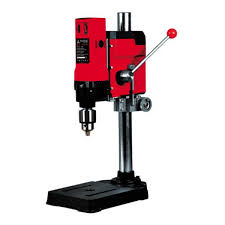
What is a Pillar Drill?
Technical Comparison Between Magnetic Drill and Pillar Drill
Magnetic drills and pillar drills differ significantly in technical features, which directly impact how they are used in industrial projects.
In terms of power, pillar drills typically come with more powerful motors, enabling them to drill larger and deeper holes into various hard metals. Due to their stability and heavier weight, these machines are ideal for continuous and long-duration drilling tasks in workshop environments.
In contrast, magnetic drills are designed to be portable and are equipped with a magnetic base that allows them to be fixed on large metal surfaces in various positions. Although their motor power is generally lower than that of pillar drills, it is sufficient for most routine industrial applications.
Regarding drilling capacity, pillar drills are specialized in creating larger diameter holes with high precision in thick metal sheets. Magnetic drills, on the other hand, are better suited for medium-sized drilling tasks and are ideal for working in confined or challenging spaces.
Drilling accuracy is generally higher in pillar drills due to their rigid structure and more advanced vertical guidance systems. These machines are the right choice for projects requiring minimal deviation in drilling. However, modern magnetic drills, thanks to improved magnetic stability and drill guide technologies, have significantly closed the accuracy gap.
Both types of drills feature adjustable speed settings tailored to different materials. Nevertheless, pillar drills usually offer more advanced speed and torque control, allowing for a wider range of material compatibility.
Overall, the technical comparison suggests that choosing between a magnetic drill and a pillar drill should be based on the specific project needs, material type, workload, and working conditions.
Comparison of Applications in Industrial Projects
Magnetic drills and pillar drills each have distinct applications depending on the type of project and working conditions. Understanding these applications can help in selecting the most suitable tool.
Pillar drills are highly popular in fixed industrial workshops due to their superior stability and greater capacity for drilling large and thick workpieces. These machines are ideal for mass production, assembly lines, and projects that require repetitive and precise drilling. In workshops with high production volumes and stringent accuracy requirements, the pillar drill serves as the primary drilling tool.

Applications of Pillar Drill in Industrial Projects
In contrast, the magnetic drill is a better choice for projects where flexibility and portability are crucial. It is commonly used in structural steel construction, bridge building, dock fabrication, and industrial maintenance. The ability to attach to vertical or even overhead surfaces makes the magnetic drill especially suitable for unusual positions and confined spaces. For instance, in the construction of metal bridges or installation of high structures, its lighter weight and usability at heights make it highly practical.
In maintenance and industrial repair projects, where quick equipment relocation and on-site drilling on large parts are required, the portable design of the magnetic drill provides a significant advantage over pillar drills. Using magnetic drills in off-site locations or directly at the project site notably enhances operational efficiency.
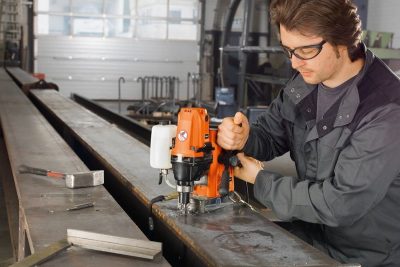
Comparing Magnetic Drill Applications in Industrial Projects
In summary, both magnetic and pillar drills have their own specific roles in industrial applications. Choosing between them should be based on the nature of the project, required precision level, workload, and environmental conditions.
Comparison of Purchase and Maintenance Costs: Magnetic Drill vs. Pillar Drill
When choosing between a magnetic drill and a pillar drill, both the initial purchase cost and long-term maintenance expenses must be carefully evaluated.
In terms of purchase price, pillar drills are available in various categories based on power, size, and build quality. Simpler models may be reasonably priced, but professional-grade and heavy-duty models can be significantly more expensive. Industrial pillar drills designed for drilling large metal components usually require a higher initial investment.
Magnetic drills, due to their portable design and the specialized technology of the magnetic base, may have prices comparable to pillar drills in certain models. However, in projects requiring high mobility and flexibility, the added value of a magnetic drill often justifies the higher cost.
In terms of maintenance, pillar drills generally require less frequent servicing due to their simpler structure and higher stability. On the other hand, magnetic drills, with more moving mechanical parts, magnetic bases, and specialized electrical circuits, require more precise periodic maintenance. Proper upkeep of the magnetic base and regular inspection of the motor and power switches are essential for long-term performance.
Additionally, spare part costs for magnetic drills may be slightly higher, especially when using branded and original equipment. Nevertheless, these costs are justified by the operational advantages offered in mobile or off-site projects.
In conclusion, analyzing both purchase and maintenance costs reveals that the decision between a magnetic drill and a pillar drill should consider not only the initial price but also long-term expenses, frequency of use, project type, and environmental conditions.
Advantages and Disadvantages of Magnetic Drill and Pillar Drill
Understanding the pros and cons of magnetic drills and pillar drills helps users make an informed decision based on project requirements and working conditions.
One of the biggest advantages of magnetic drills is their portability and versatility. Thanks to their strong magnetic base, they allow drilling on horizontal, vertical, and even overhead surfaces. Their relatively lightweight, flexibility in movement, and quick setup make magnetic drills an ideal choice for on-site construction and installation projects.
However, the magnetic base’s holding power may be reduced in certain conditions, such as rusted surfaces or thin metal sheets—this is one of the key limitations of magnetic drills.
On the other hand, pillar drills, due to their fixed and stable structure, offer significantly higher drilling precision. They are the better choice for projects requiring perfectly aligned, uniform, and accurate holes. Because of their larger size and weight, pillar drills are not portable and are limited to workshop environments, making them less suitable for mobile or field applications.
In terms of maintenance, magnetic drills require more attention due to their advanced electrical and magnetic systems. Any malfunction in the circuits or damage to the magnetic base can impact the machine’s efficiency. In contrast, pillar drills—with their simpler design—tend to wear out less and usually incur lower maintenance costs.
Ultimately, choosing between a magnetic drill and a pillar drill depends on project priorities, required accuracy, portability, and working environment. Each tool, when used appropriately and in line with its technical capabilities, can deliver excellent performance in industrial projects.
When Is a Magnetic Drill the Better Choice?
Based on the technical and practical comparisons made, both magnetic and pillar drills have their unique strengths. However, in certain scenarios, using a magnetic drill proves to be a more logical and efficient choice.
In projects requiring rapid equipment mobility, drilling on large structures, or working in specific positions such as vertical surfaces or ceilings, a magnetic drill is the ideal solution. Its lighter weight, ease of transport, and ability to attach directly to large metal components make it far more effective in dynamic environments and outside workshop settings.
Additionally, in construction and installation projects involving steel structures like bridges, docks, pipelines, and heavy industrial frameworks, the magnetic drill enhances execution speed due to its higher flexibility and eliminates the need for complex fixtures. In confined workspaces or when drilling must be performed at height, transporting a pillar drill becomes virtually impossible—while a magnetic drill fills this gap with ease.
In industrial maintenance tasks where access to different surfaces and parts is critical, the magnetic drill is also a practical option. It allows for precise and fast drilling on existing components without the need to move them to a workshop, significantly saving both time and costs.
However, in projects with high-volume, repetitive drilling requiring extreme precision within fixed workshop environments, the pillar drill remains the superior choice. Therefore, the final decision should be based on a thorough assessment of project needs, environmental constraints, and technical priorities.

When is a Magnetic Drill the Better Choice?
Final Conclusion
Magnetic drills and pillar drills are both essential tools in metalworking and construction industries. While their primary function is precise drilling into metals, their technical and operational differences make the right choice between them a crucial factor in project success.
Pillar drills offer high precision, structural stability, and are well-suited for mass production of components. They are the optimal choice for workshop environments and high-volume, stationary drilling projects. On the other hand, magnetic drills—thanks to their portability, quick attachment to metal surfaces, and ability to work in diverse positions—are ideal for on-site construction, industrial maintenance, and challenging environmental conditions.
Ultimately, choosing between a magnetic drill and a pillar drill should be based on the nature of the project, the need for mobility, the required accuracy, and the working environment. A thorough evaluation of these factors enables users to select a tool that not only meets the technical demands of the project but also maximizes drilling efficiency, safety, and quality.

